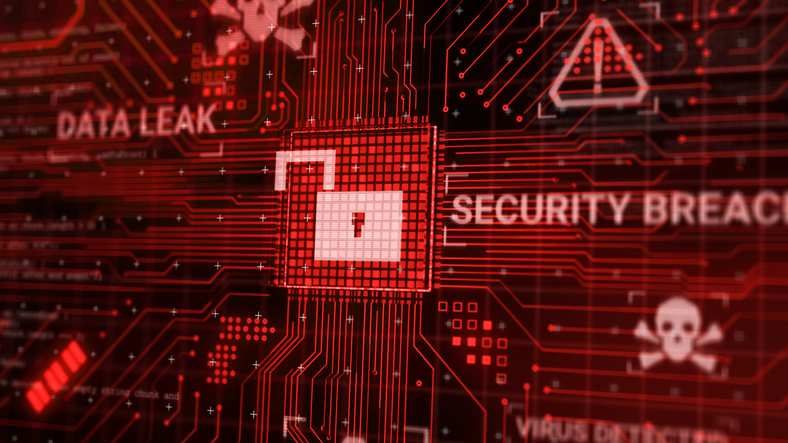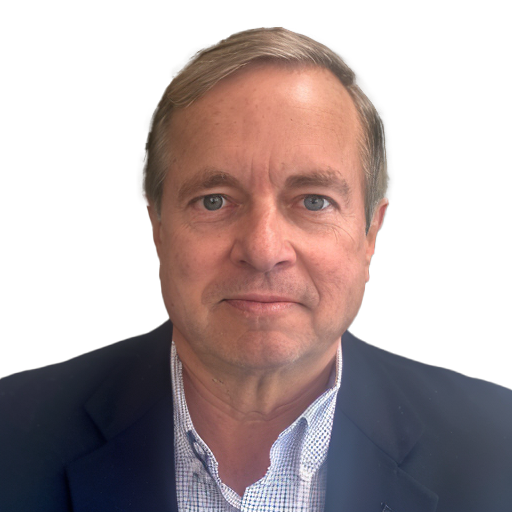
It’s no secret that cybersecurity measures are no longer a luxury but a requirement. However, how to do enterprise-level cybersecurity right–and affordably–seems to remain a huge challenge for many organizations. There are too many tools, too few team resources, and not enough money. For companies that can’t afford to hire an entire team, the resources to perform ongoing cyber monitoring, or have a confusing and uncoordinated array of tools in their cybersecurity stack, cybersecurity as a service (CSaaS) might be the option for you.
Let’s define what CSaaS is, explore how it works, and establish why companies will find great value in the CSaaS cybersecurity model.
What is CSaaS?
Cybersecurity as a service, or CSaaS, is a subscription solution for cybersecurity. Rather than having an in-house security team or working with a managed cybersecurity vendor, CSaaS is a subscription solution that manages your cybersecurity for you. It includes a range of services designed to mitigate your network’s security risks and improve your security measures and threat intelligence.
For example, this service can include 24/7 real-time threat monitoring that mitigates multiple types of cyber threats, including ransomware, exfiltration of data, systems breaches, and other potential compromises. The functions of CSaaS are to:
- Identify physical and software assets, business environment, and policies
- Assess existing cybersecurity operations, including the identification of vulnerabilities and current protection gaps, to better prepare for potential threats
- Integrate existing defenses and or augment with best of breed technologies
- Protect from attacks with ongoing active monitoring and management
- Detect and respond to threats
- Backup and restore data for quick recovery
Why Would a Company Need CSaaS?
There is a wide range of benefits that cybersecurity as a service provides, but the impacts of CSaaS in the areas of time management, budget resources, and the consolidation of your security stack are uniquely significant.
Not Enough Time
Even with an in-house cybersecurity team, there often just isn’t enough time to perform 24/7 monitoring while constantly assessing cybersecurity measures, technologies, and practices for improvement. With this in mind, inevitably, things get missed and threats slip through the cracks, putting the entire operation at risk. CSaaS performs 24/7/365 monitoring, notifies relevant team members when a threat is detected, and takes immediate action to remediate the situation.
Not Enough Resources
Hiring a team or cybersecurity partner is expensive, and some organizations and small businesses simply don’t have the resources to take the necessary steps to protect themselves and their customers. With cybersecurity as a service, you can up your cyber protection with your existing internal or managed service provider resources, performing all the important IT functions without the spend to hire an entire team. For many companies, this is the fast and affordable path to top-tier protection amid a tight and costly labor market for cyber expertise.
Too Many Tools
There are numerous essential and complex tools that companies integrate into their cybersecurity stack, such as Extended Detection and Response (EDR), Remote Monitoring and Management (RMM), Protective DNS (PDNS), Mobile Device Management (MDM), ZeroTrust applications, Security Information and Event Management (SIEM), and Security Operation, Automation, and Response (SOAR)—all necessarily coordinated through a Security and Operations Center (SCO). However, having all these tools to accomplish different yet overlapping tasks can be complicated.
In addition, they often are not designed to integrate seamlessly with one another and your current systems. When it comes to cybersecurity, it’s essential that your mix of tools covers the entire protection, detection, and response landscape, and that every piece of the technical stack talks to the others to correlate the observed threats and leverage layers of protection. A good CSaaS solution provides the capabilities of SOC, SIEM, and SOAR all in one subscription service, ensuring that all data and processes are integrated while reducing and simplifying the number (and cost!) of tools in your stack.
What to Look for in CSaaS

Once you’ve made the decision to explore cybersecurity as a service solutions, it can be daunting to know where to start and what to look for. Here are three of the most important features to consider.
In-House Expertise
When exploring CSaaS solutions, you want to be confident that all team members have relevant experience and are up-to-date on certifications and expertise. Cybersecurity is constantly evolving, so it’s important to look at the level of expertise from the executives to the specialists.
Your chosen CSaaS provider should be experienced in the protection of small-to-medium businesses, as well as federal and state agencies. Leadership should have the experience of delivering solutions at scale, with a proven understanding of both complex networks and custom deployments to be sure they can meet your needs. Participation in industry committees like the IEEE, National Institute of Standards and Technology (NIST), and the Center for Internet Security (CIS) can be indicators of technical leadership. And specialists at the working level should possess certifications in cybersecurity, data and computer science, and the complex products used to provide elevated levels of protection.
Flexibility
Every organization is different and, therefore, requires different levels and types of cybersecurity protection. The right CSaaS option will offer more than a one-size-fits-all package that is expected to be sufficient for all company sizes and industries. To ensure you find a solution that works well for your unique organization, seek out a CSaaS vendor that provides different subscription packages, as well as fully customizable packaging.
Be sure that your chosen CSaaS delivers layered protection with a fully integrated set of top-tier tools. Some services are single-threaded, relying on the effectiveness of a single tool to protect your vital systems and data. The highest level of protection is achieved with a “belt and suspenders” approach, requiring attackers to find their way past multiple methods of defense and detection in order to breach your environment.
The other important element of flexibility is technology integration. Cybersecurity as a service won’t do you any good if it doesn’t integrate seamlessly with your current technology stack and operational systems. A CSaaS solution that is technology agnostic will receive and analyze data from the key tools in your tech stack without interrupting your existing systems.
Affordability
Two primary purposes of CSaaS are to help organizations gain access to scarce cyber protection resources and expertise and to condense a complicated stack of tools into one simple, affordable service. CSaaS should enable your organization to implement essential, top-tier cyber protection to avoid costly and damaging attacks, doing so at a fraction of the cost and time of doing it yourself. Often, a free assessment can be helpful in determining the services and pricing fit within your needs and your budget.
How Does CSaaS Protect From a Cyber Attack?
The right CSaaS will enable your business to prepare for, protect from, detect, respond to, and recover from cyber-attacks—all while supporting your compliance and regulatory requirements. The end-to-end cybersecurity as a service subscription with Cyberleaf performs these tasks by:
- Building a custom plan that includes security assessments, policy development, training requirements, regulatory review, and compliance tracking.
- Providing leading tools to actively protect your endpoints, network elements, and servers. We combine endpoint detection and management tools with protective DNS, utilize over 1,000 threat intelligence feeds and correlate security information with automation and human intervention from across your environment for maximum protection.
- Using best-in-class SIEM and SOAR platforms to monitor and rapidly detect issues, then provide automated, real-time responses and actions to protect your vital information and systems.
- Offering backup policies and systems to keep you up and running. Timely, secure backups enable recovery in hours, not weeks or months.
- Provide a SOC with both automation tools and experienced, qualified US-based professionals that have passed extensive government background checks.
Learn more about the power of CSaaS with Cyberleaf today.





